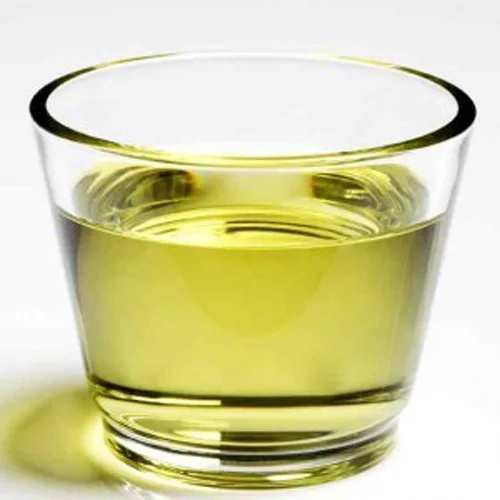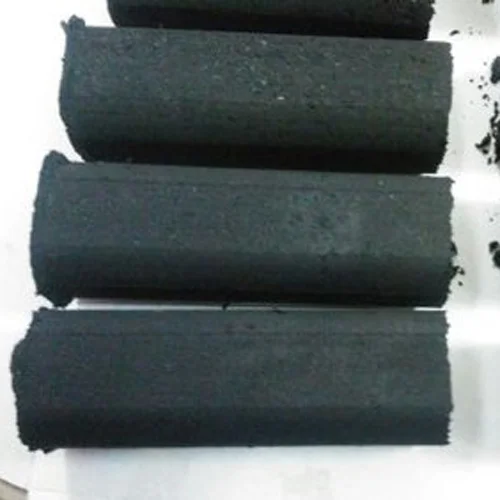Coco fiber, also known as coir or coconut coir, is a natural fiber that is extracted from the husk of coconuts. The husk of a coconut is the fibrous outer shell that surrounds the hard, inner shell. The fibers in the husk are long and curly, and they are separated from the rest of the husk using a process known as retting.
Retting is a process that involves soaking the husk in water for several months, which allows the natural microbes to break down the pith and separate the fibers. After the retting process, the fibers are cleaned, sorted, and spun into yarn or pressed into mats, which can be used for a variety of applications.
Coco fiber is a renewable and sustainable resource, as it is a byproduct of the coconut industry. In many countries where coconuts are grown, the husks are considered a waste product and are often burned or discarded. However, by extracting the fibers from the husks, coco fiber can be used in a variety of useful applications.
One of the primary uses of coco fiber is as a growing medium in gardening and horticulture. Coco fiber is highly absorbent and retains moisture well, making it an ideal medium for hydroponic systems and container gardening. It also has excellent drainage properties, allowing excess water to flow through and preventing root rot.
Coco fiber is often sold in compressed blocks or bales, which can be rehydrated and used as a soil amendment or mixed with other materials such as perlite or vermiculite to create a custom growing medium. It is also commonly used in the manufacturing of mats, rugs, and other household products.
























